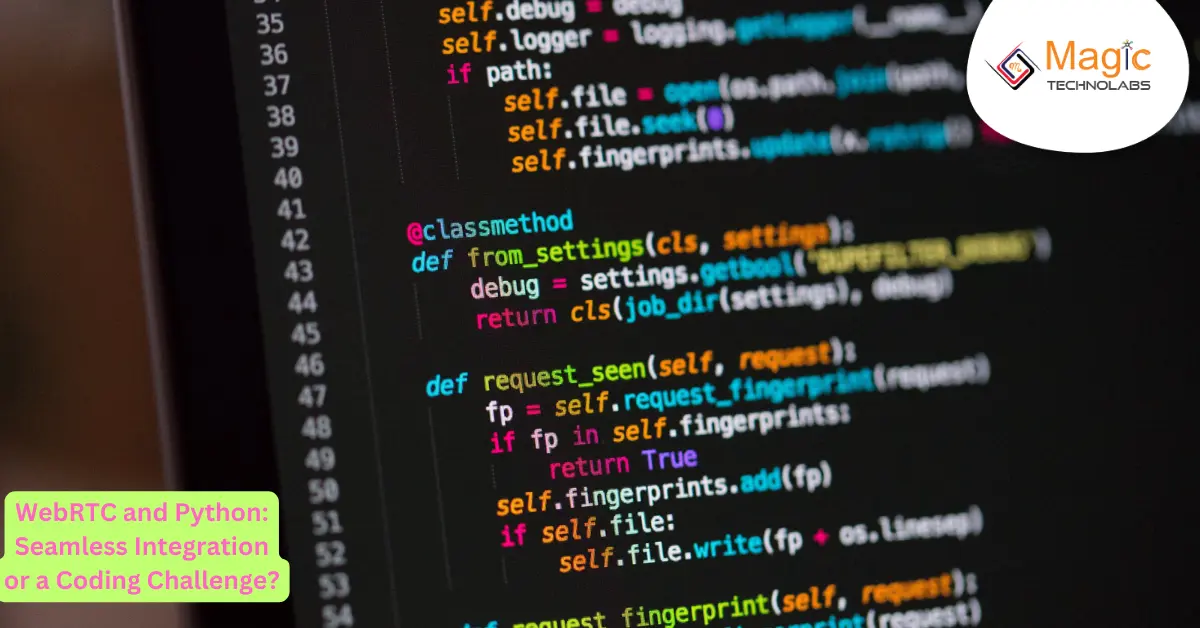Web Real-Time Communication (WebRTC) has revolutionized the way applications enable real-time communication over the internet. Python, a versatile and popular programming language, is often considered for its simplicity and readability. The question arises: Is the integration of WebRTC with Python a smooth and seamless process, or does it present coding challenges for developers?
The good news is that integrating WebRTC with Python can be a relatively smooth process, thanks to the availability of libraries and frameworks that simplify the implementation. Python developers can leverage the power of WebRTC to incorporate features like video chat, voice calling, and real-time data exchange seamlessly into their applications.
Several Python libraries, such as aiortc, offer bindings for WebRTC, making it accessible for developers looking to implement real-time communication features. These libraries provide a high-level API that abstracts the complexity of WebRTC protocols, allowing developers to focus on building robust and feature-rich applications.
However, challenges may arise, particularly for those new to WebRTC or Python. Understanding the intricacies of WebRTC, such as signaling, negotiation, and handling ICE (Interactive Connectivity Establishment) can be a learning curve. Additionally, ensuring compatibility across different browsers and addressing potential network issues may require careful consideration during the development process.
The key to successful integration lies in thorough documentation, community support, and leveraging existing frameworks. Developers can benefit from tutorials, sample code, and community forums to overcome challenges and streamline the integration of WebRTC with Python.
In conclusion, while WebRTC and Python integration may present some initial challenges, the availability of libraries and a supportive developer community makes it a feasible and rewarding endeavor. With the right resources and knowledge, developers can harness the power of WebRTC to enhance real-time communication capabilities in their Python applications.
















